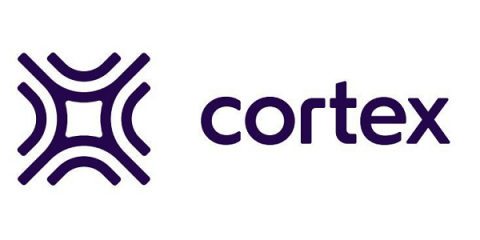Open Source Developer Portals
Developers are builders by nature (and profession), so many take pride in building their own solutions to problems from first principles, often using tools developed in open-source projects. So as Internal Developer Portals (IDPs) increased in popularity, it should come as no surprise that interest in open source IDPs increased in kind. While we may not yet have a fully opensource IDP platform, in this blog we’ll cover the open source components and platforms used to build IDPs from scratch.




